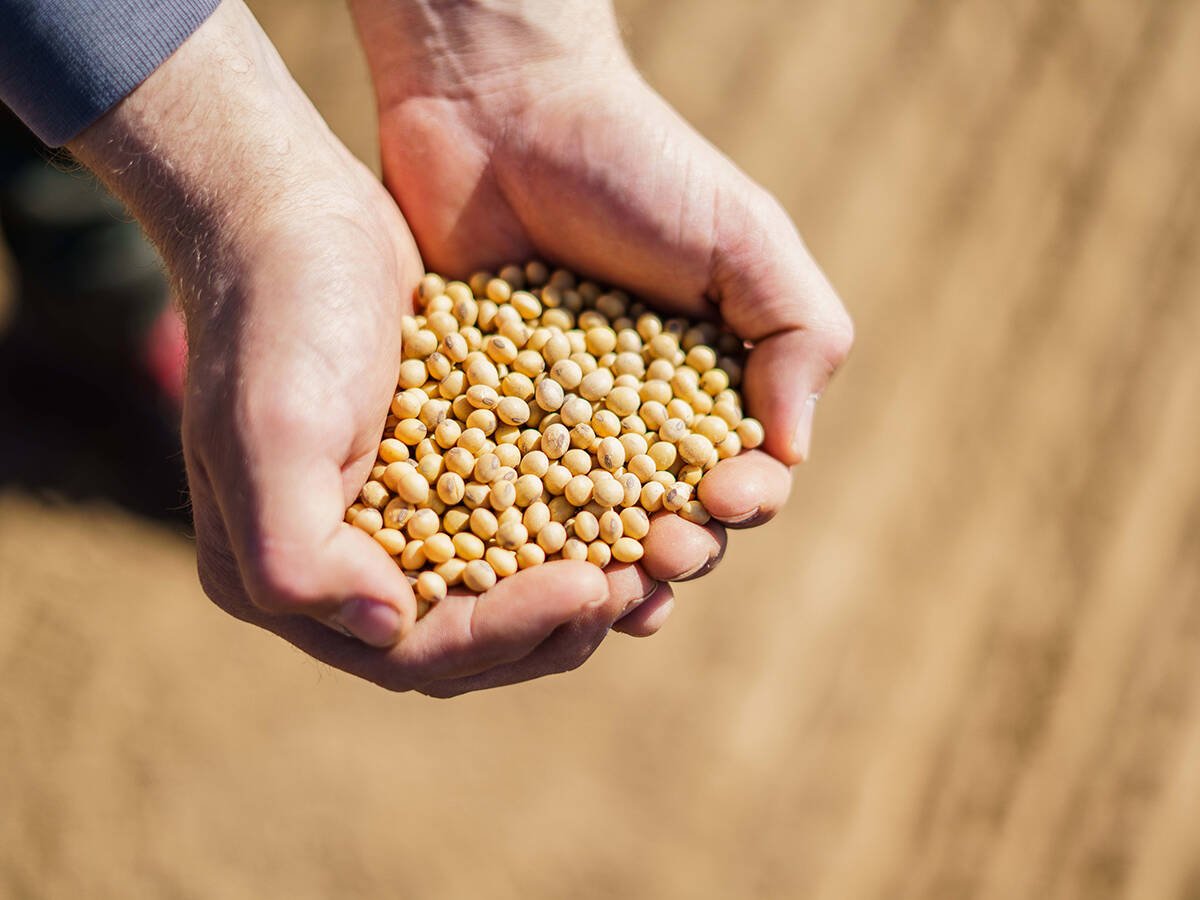A corn disease common in the U.S. Midwest and more recently in Manitoba has made its appearance in Alberta.
Goss’s wilt is a bacterial disease that can kill corn by clogging its vascular tissues, causing wilting and premature death.
“It was found in Manitoba in 2009 and has become quite extensive there,” said Alberta Agriculture plant pathologist Ron Howard.
“We picked up a few fields in Alberta this year and we’re in the process of doing a survey to try and find out how many fields have it. We’re hoping it will be a minor problem here but we won’t know until we have a closer look at it.”
Read Also

U.S. government investigates high input costs
The USDA and DOJ are investigating high input costs, but nothing is happening in Canada.
Goss’s wilt is characterized by long, pale streaks and lesions on leaves. As a bacteria-borne disease, it is easily spread by wind and rain, and can splash-disperse to neighbouring plants.
It is also quick to capitalize on plant injury caused by sandblasting, hail or insect damage. The bacteria will enter wounds in the plant and colonize.
“The disease has had a history of causing quite a bit of damage but the fortunate thing is we’ve got many years of experience of dealing with it elsewhere,” said Howard.
“Breeders have made good progress in developing resistant varieties and now there’s a number of resistant hybrids. That’s become the major means of managing the disease.”
Fungicide is not effective.
Goss’s wilt survives in corn residue, making crop rotation important in its control. It can also survive in green foxtail and other grassy weeds.
Howard said it is capable of attacking silage, seed and sweet corn but surveys will show whether it has infected all three types that are grown in southern Alberta.
Wet, humid conditions favour the disease. It can affect the corn plant at early stages and spread throughout the canopy. Scouting is best done at the silking stage.















